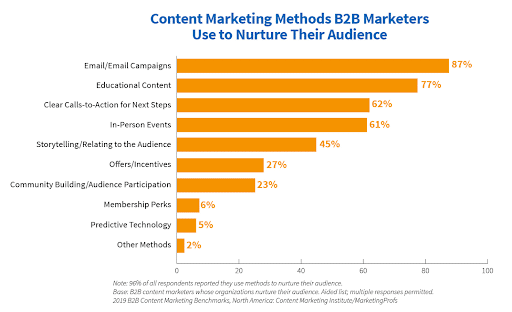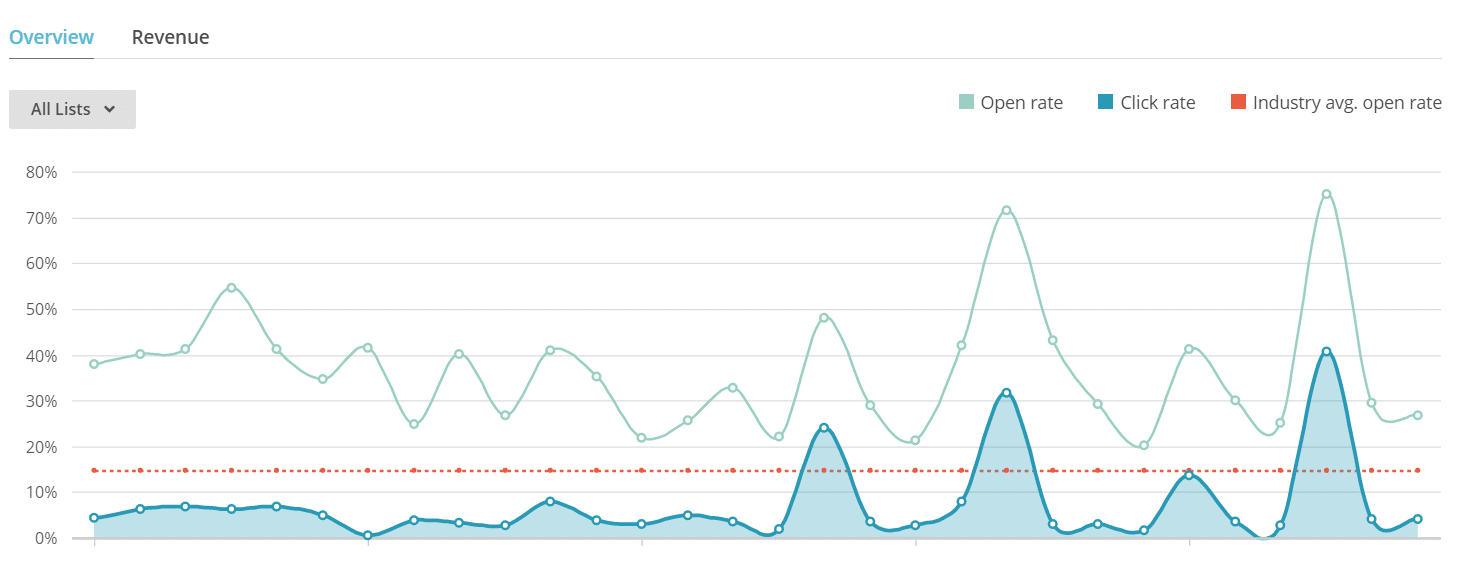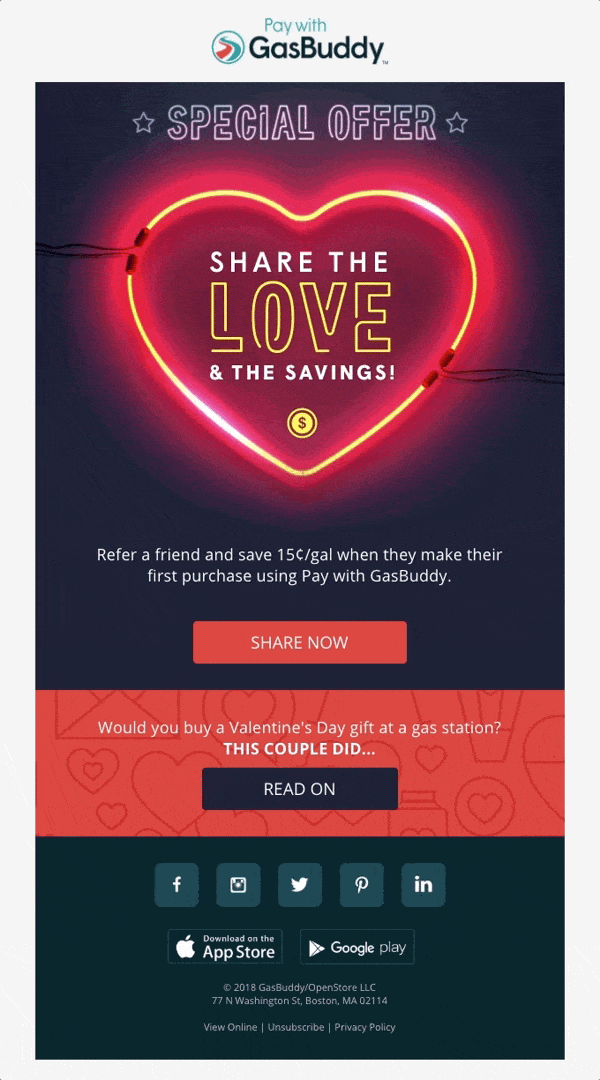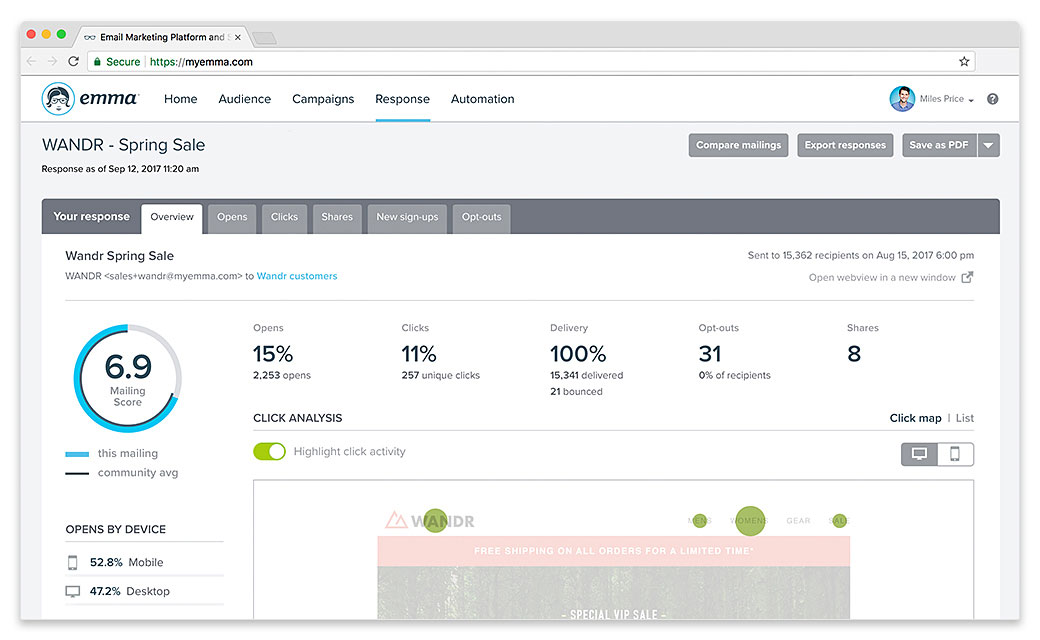What KPIs to measure against in your email marketing
In today’s technological world, it comes to no surprise that email marketing has become and retained the number one spot in marketing strategies. A proper email marketing strategy will take time not only to create, but also to analyze. That’s where email analytics comes in.
Email campaigns are, of course, designed to bring in new subscribers and also to retain them. So brands can’t simply send a welcome email and promotional material, and expect to see a return on investment (ROI).
A successful email campaign is determined by studying a handful of different factors and then analyzing them for the overall outcome—whether it be positive or negative.
Simply put, using email analytics will help you determine the overall success of a given campaign.

Before diving into the key metrics that help determine an email campaign’s overall success, we want to point out the difference between email analytics and email insights.
While they are sometimes used interchangeably, there is an important distinction between the two.
Email insights
Email insights refer to what you learn from the analytics of your various campaigns. This helps marketers aggregate all metrics across all campaigns to help improve them for the future.
Email analytics
Email analytics refers to the tools that provide an analysis of data, such as the open rate or click-through rate of a given email campaign.
Instead of looking at some pieces of the puzzle, analytics look at the picture as a whole. This allows marketers to measure the overall impact of all their email and automation efforts.
When it comes down to email analytics, there are quite a few key performance indicators (KPIs) that marketing teams should focus on to monitor the results of their email marketing efforts.
Image Source: Emma
Email Open Rate
While some may argue that a digital marketing team should focus on the size of their send list first and foremost, there is no use in having a large list if nobody is opening the email. Hence why one of the most vital KPIs that email marketers should concern themselves with is the open rate.
An email’s open rate is defined as the total number of emails opened when compared to the total amount that was sent out.
How to calculate the open rate
The total number sent out for the week could be 1,000. However, only 700 physically opened. That would make your overall open rate 70%.
To get this number, you’d simply divide the number of opened emails by the total number sent.
One challenge often associated with this is that you need to consider the number of bounced emails that may have come back out of the total you sent out. Many marketers solve this problem by taking the total number of emails sent out and subtracting the number of bounced emails. Marketers then take that number and divide it by the total number of opened emails.
So, in our example above, say we had 8 bounced emails. We would take 1,000 and subtract 8 to get 992. Then we would take our number of opened emails (700) and divide by 992. This would give us an overall open rate of 71%.
Email click-through rate (CTR)
Some may use the terms email open rate and email click-through rate interchangeably, however it is important to note they are two very different figures.
The email click-through rate is the number of individuals that actually perform an action, such as clicking on a link that leads to your website.
The click-through rate of an email campaign is vital because it shows that your subscribers are interacting with your brand. Having a clear call to action in your email is what leads your subscribers to your site, whether it’s to buy a product or receive valuable content relating to a subject they find essential.
Remember, when it comes to a clear call to action (CTA), it should seem natural, not something forced.
How to measure click-through rate
Email marketers can calculate their email click-through rate by taking the total number of people who clicked through to their website and divide that by the total number of messages delivered. Remember, the total number of emails delivered will not include those that bounced back for whatever reason.
Let’s continue with our example of 700 individuals that read your email. The total number of people who received the email was 992. If 385 individuals out of the 700 actually clicked through to the website, that would mean your email click-through rate was 39%.

Email Bounce Rate
An email bounce rate is the total number of emails that were not delivered out of the total number of sent emails. Emails can be returned (bounced) back to the sender for any number of reasons, but to help simplify things, marketers break them down into two categories: hard bounces and soft bounces.
Soft bounces are known as a temporary difficulty with delivery. This could be the result of a full inbox or even an error with the receiver’s email server. In the case of soft bounces, resending the email can quickly remedy the situation.
A hard bounce occurs when an email address is either incorrect, doesn’t exist or has been closed. Too many hard bounces and a brand could suffer repercussions, so this number should be watched carefully.
Too many bounced emails can result in brand repercussions. This is because hard bounces indicate that a server has permanently blocked your email—if it wasn’t due to an incorrect email address. Too many hard bounces and your brand could be labeled as spam.
How to measure email bounce rate
An email bounce rate can be calculated by dividing the total number of bounced emails by the total number of sent emails.
So, of our 1,000 emails sent, we said there were 8 that bounced back. That would mean we take 8 and divide it by 1,000 to get our bounce rate of 8%.
Conversion Rate
The conversion rate of an email campaign measures the percentage of recipients who accept an offer you send them. That means they’ve not only received and opened your email, but they’ve clicked through to your website and are considering whatever offer you’ve given them.
The conversion rate is critical because that’s how you’ll be making your money during your email campaign. The conversion rate is directly tied to your overall marketing return on investment. If readers are clicking through to your site but aren’t making that final conversion to customer, you’ll want to reconsider your strategy or your site's user experience.
How to measure overall conversion rate
This KPI is measured by dividing the total number of conversions by the total number of delivered emails.
For example, we know that 992 of our emails were actually sent out to our readers. That said, if 298 of our 385 click-throughs actually make a purchase, our conversion rate for this email would be 30%.
Email sharing/forwarding rate
When it comes to growing your subscription list, one method many marketers use is to allow their current subscribers to share their emails and offer friends and family members discounts or promos for joining them.
While more challenging than getting new subscribers through more traditional methods, gaining new subscribers in this manner helps show you that this particular email or campaign is resonating well with your audience.
How to measure email sharing/forwarding
The email sharing/forwarding rate can be calculated by dividing the number of forwards/shares by the total number of emails delivered.
So out of our 992 emails delivered, if 215 subscribers share the email with friends, then the total sharing/forwarding rate would come out to 22%.

Wrap Up
While monitoring these KPIs can seem like a daunting task, having the right email analytics tools can make this process much easier on you.
While we’ve outlined a few key KPIs that should be monitored during your email campaign, there are quite a few more metrics that should be monitored, including:
-
Unsubscribes
-
Spam reports/Complaint rates
-
List growth rate
-
Engagement over time
-
Return on Investment (ROI)
Image Source: Campaign Monitor
Ready to start monitoring your email marketing efforts? Let Emma help get you started.
MOST RECENT ARTICLES
Want to engage your audience and grow your brand? Try Emma's robust easy-to-use product today.















